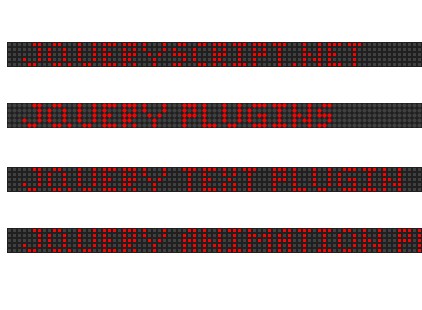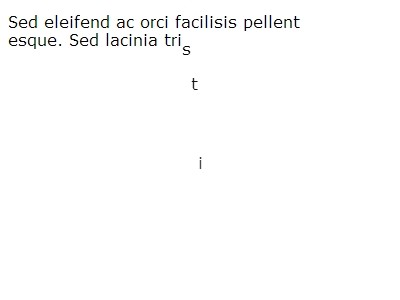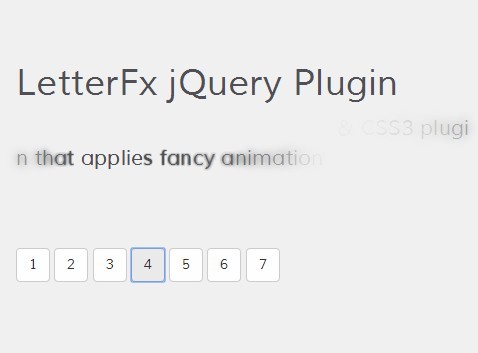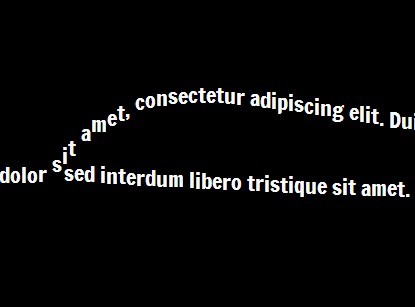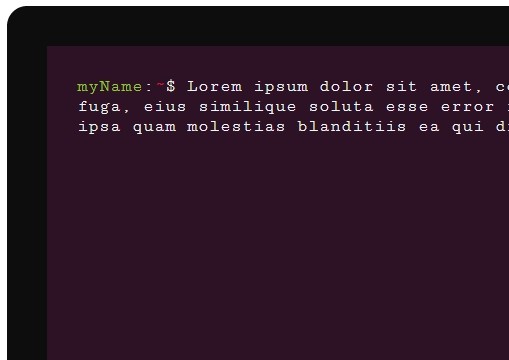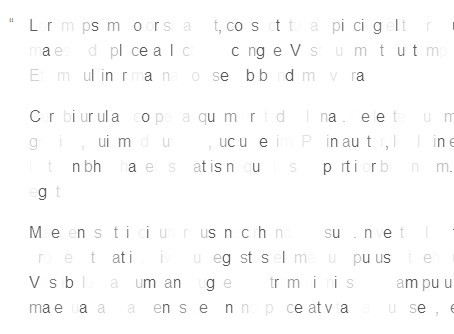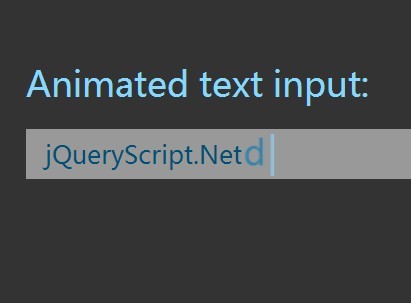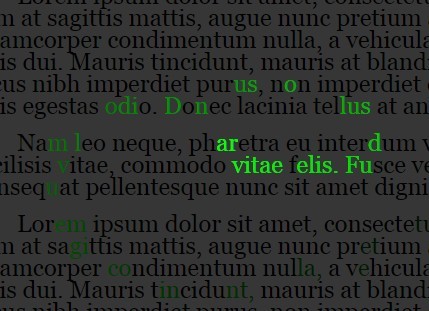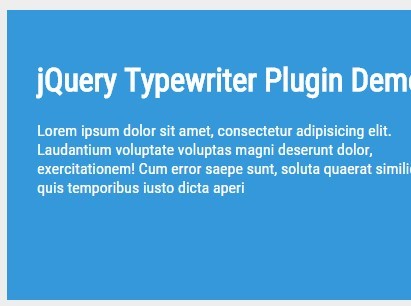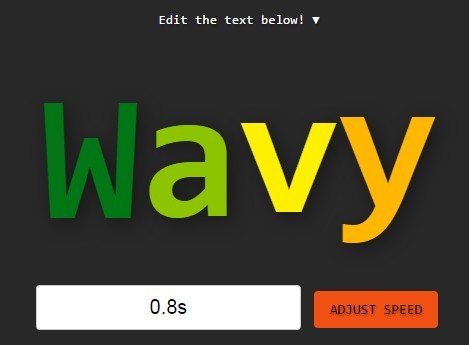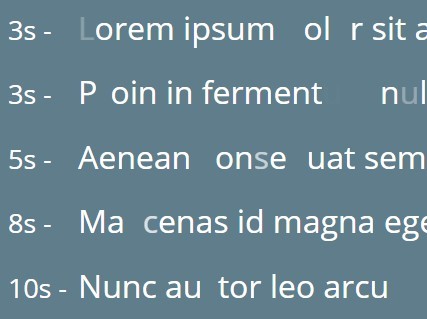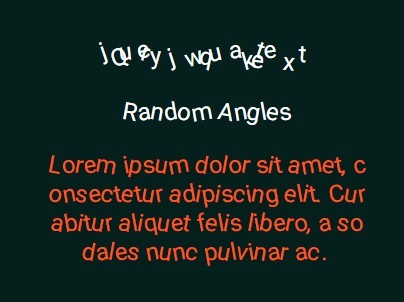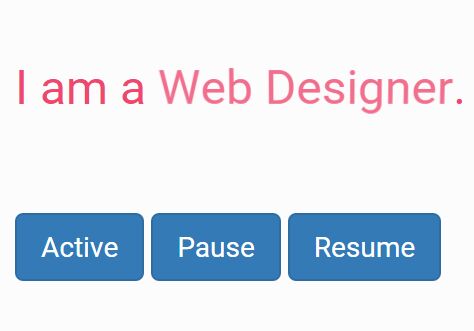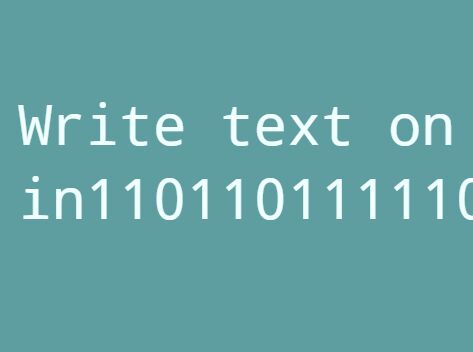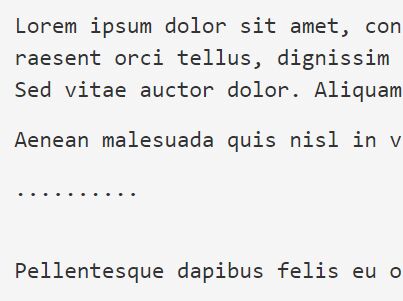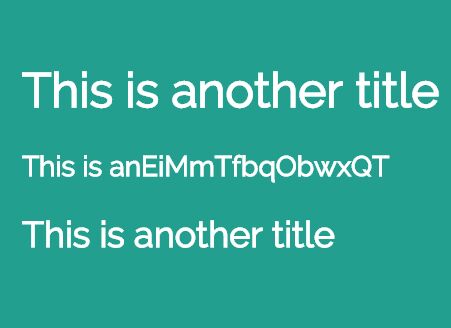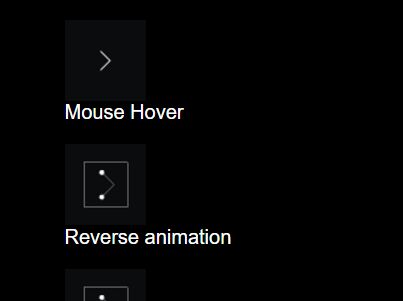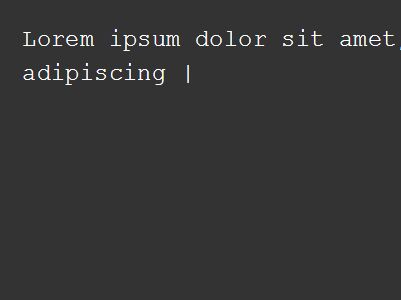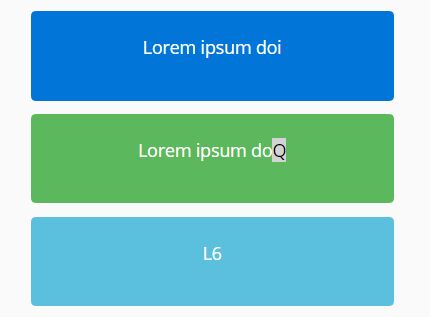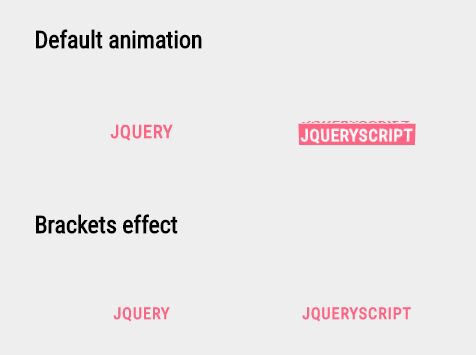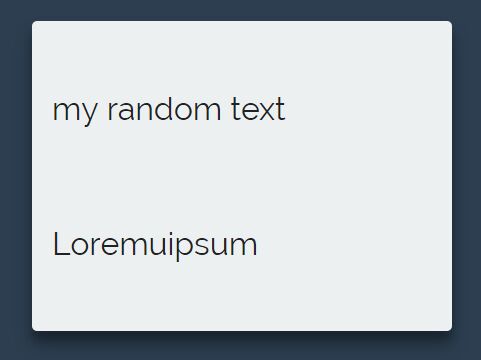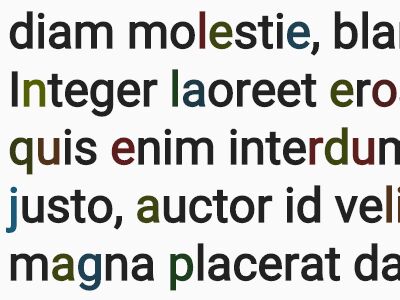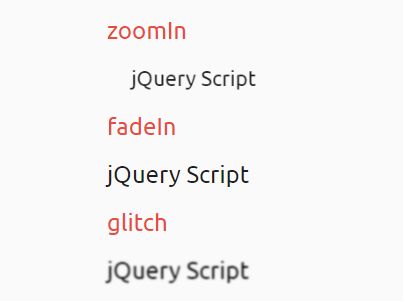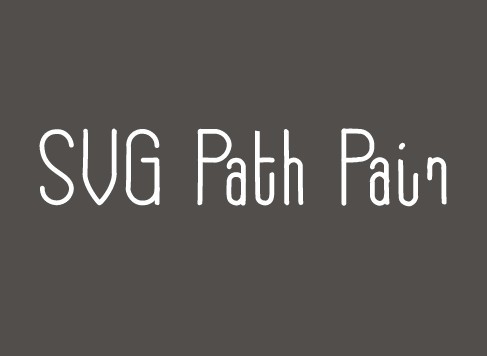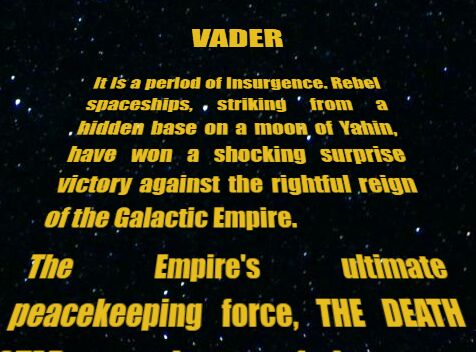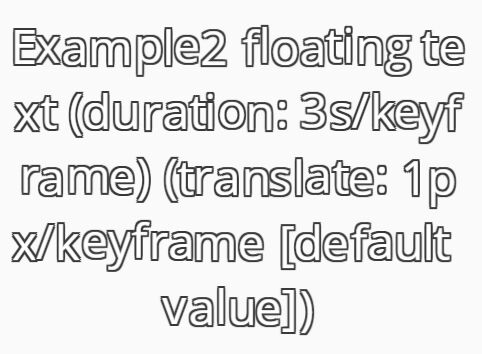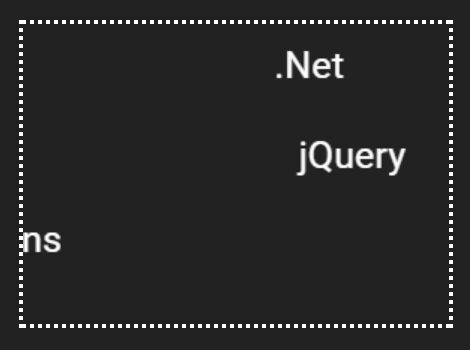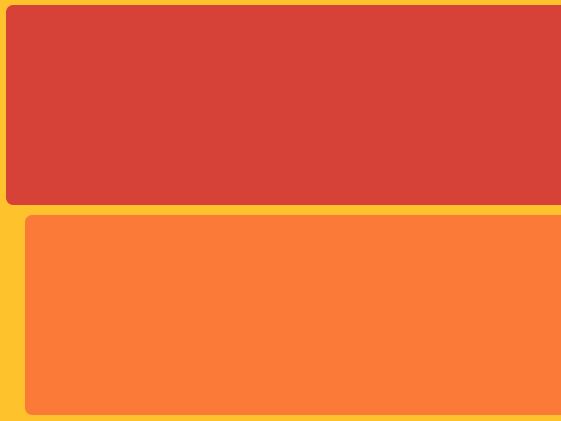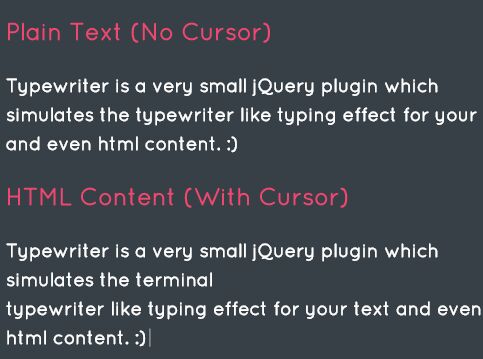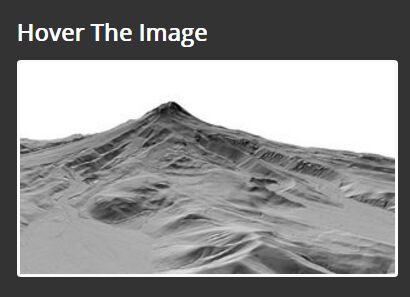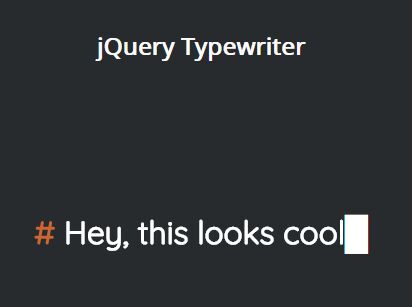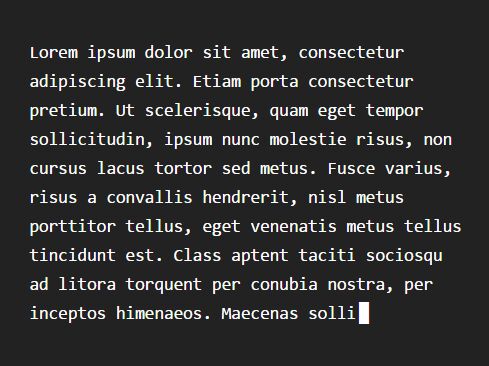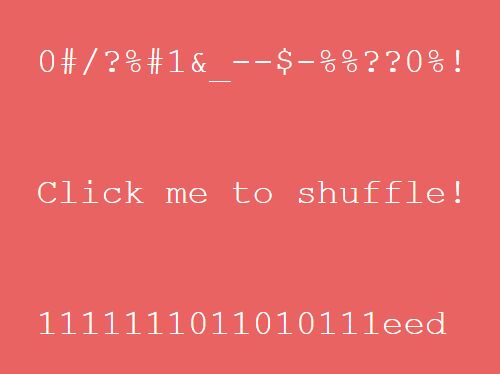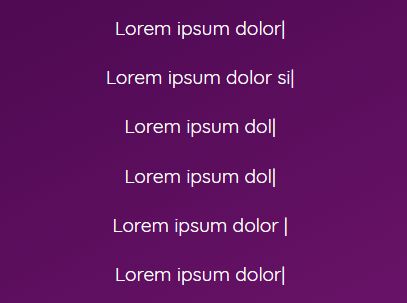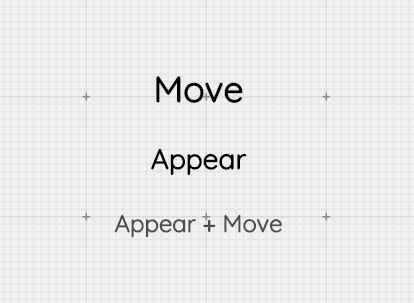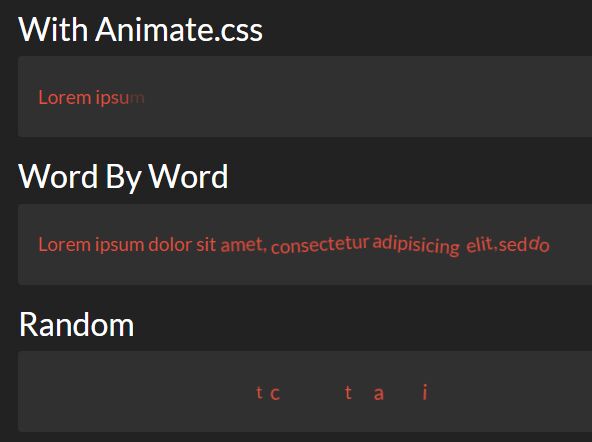tram.js
Cross-browser CSS3 transitions in JavaScript.
About
The idea behind Tram is to take the performance and flexibility of CSS transitions and define them in JavaScript - offering a more powerful, expressive API with auto-stopping, sequencing, and cross-browser fallbacks.
Tram currently depends on jQuery for a few reasons: (1) Per-element data API, (2) Cross-browser CSS getters/setters, and (3) scrollTop/Left offset helpers. Keep these features in mind when making custom jQuery builds or porting tram to your library.
Available on npm: npm install tram
Available on bower: bower install tram
File size:
- dev ~
45 kb - min ~
16 kb - gzip ~
4 kb
Examples
How it works
On first load, Tram will use feature detection to determine whether the browser supports CSS transitions. If yes, Tram will manage styles and trust the browser to handle the frame by frame animation. If no, Tram will set styles on each frame, using its own tweening engine powered by requestAnimationFrame and performance.now().
Please keep your arms and legs inside the tram at all times.
Basic usage
Tram can be loaded via AMD, CommonJS, browser globals, or all of the above (via UMD).
var tram = window.tram; // or var tram = require('tram');Before you add a transition to an element, you must first wrap it with the tram() method. This stores a Tram class instance in the element data, which is used for auto-stop and other state.
tram(element);You may optionally save a reference to this instance, which may help performance for a large group of elements.
var myTram = tram(element); // optionalEach property must now be defined using the add() method. This should feel very familiar to CSS3 transition shorthand: property-name duration easing-function delay
tram(element).add('opacity 500ms ease-out');Once a transition is defined, it is stored in element data. You may override settings later, for example:
tram(element).add('opacity 2s'); // changed duration to 2 secondsTo begin a transition on your element, the start() method is used.
tram(element).start({ opacity: 0.5 });If you'd like to listen for the transition end event, use then() and supply a function:
tram(element) .start({ opacity: 0.5 }) .then(function () { console.log('done!') });Sequencing is also available by using then(). For example:
tram(element) .start({ opacity: 0.5 }) .then({ opacity: 1 }) .then({ opacity: 0 });Tram provides some virtual properties to help with CSS3 transforms.
tram(element) .add('transform 1s ease-out-quint') .start({ x: 100, rotate: 45 }); // aka: translateX(100px) rotate(45deg)If you need to set style values right away, use the set() method. This will stop any transitions, and immediately set the values.
tram(element).set({ x: 0, opacity: 1 });Stopping a transition may be done using the stop() method. This also happens automatically whenever start() or set() are called.
tram(element).stop('opacity'); // specific property tram(element).stop({ opacity: true, x: true }); // multiple properties tram(element).stop(); // stops all property transitionsThat's about it. For more, check out the examples or refer to the docs below.
Methods
TODO document each method
Properties
Browser support for transitioning DOM properties is limited, so Tram attempts to cover the most common cross-browser properties, plus a few extras. This list was compiled using CSS animation specs here and here.
Supported property names / values
'color' // color 'background' // color 'outline-color' // color 'border-color' // color 'border-top-color' // color 'border-right-color' // color 'border-bottom-color' // color 'border-left-color' // color 'border-width' // length 'border-top-width' // length 'border-right-width' // length 'border-bottom-width' // length 'border-left-width' // length 'border-spacing' // length 'letter-spacing' // length 'margin' // length 'margin-top' // length 'margin-right' // length 'margin-bottom' // length 'margin-left' // length 'padding' // length 'padding-top' // length 'padding-right' // length 'padding-bottom' // length 'padding-left' // length 'outline-width' // length 'opacity' // number 'top' // length, percentage 'right' // length, percentage 'bottom' // length, percentage 'left' // length, percentage 'font-size' // length, percentage 'text-indent' // length, percentage 'word-spacing' // length, percentage 'width' // length, percentage 'min-width' // length, percentage 'max-width' // length, percentage 'height' // length, percentage 'min-height' // length, percentage 'max-height' // length, percentage 'line-height' // number, length, percentage 'transform' // (see transform info below) 'scroll-top' // number (tween-only) 'scroll-left' // number (tween-only) // TODO - planned support // 'background-position' // [x, y] length, percentage // 'transform-origin' // [x, y] length, percentage // 'clip' // [x, y, w, h] rectangle // 'crop' // [x, y, w, h] rectangleNote: dash-style names are required for .add(), but other methods like .start() and .stop() may use camelCase.
Transforms
TODO describe transform shortcuts w/ examples
'x' // length, percentage 'y' // length, percentage 'z' // length, percentage 'rotate' // angle 'rotateX' // angle 'rotateY' // angle 'rotateZ' // angle 'scale' // number 'scaleX' // number 'scaleY' // number 'scaleZ' // number 'skew' // angle 'skewX' // angle 'skewY' // angle 'perspective' // lengthEasings
A useful site with demos of most of these is easings.net
// Defaults 'ease' 'ease-in' 'ease-out' 'ease-in-out' 'linear' // Quad 'ease-in-quad' 'ease-out-quad' 'ease-in-out-quad' // Cubic 'ease-in-cubic' 'ease-out-cubic' 'ease-in-out-cubic' // Quart 'ease-in-quart' 'ease-out-quart' 'ease-in-out-quart' // Quint 'ease-in-quint' 'ease-out-quint' 'ease-in-out-quint' // Sine 'ease-in-sine' 'ease-out-sine' 'ease-in-out-sine' // Expo 'ease-in-expo' 'ease-out-expo' 'ease-in-out-expo' // Circ 'ease-in-circ' 'ease-out-circ' 'ease-in-out-circ' // Back 'ease-in-back' 'ease-out-back' 'ease-in-out-back'TODO
- Add .get(prop) method to return current value
- Support array values for props like 'background-position'
Contributing
-
If you'd like to contribute to this project, please submit all pull requests to the
devbranch. Any pull requests sent tomasterwill be closed. This is mostly to offset the convenience of having various dist/* files available on the master branch. -
Grunt CLI tools may be helpful. The following commands should start a watch script that concats source files on each save:
(from the root directory)
npm install grunt -g
grunt -
Once you're ready to send a pull request, please view
test/suite.htmlin your browser to confirm that all tests are passing.
Thanks
Special thanks to the following open source authors + libraries.
@ded - https://github.com/ded/morpheus
@rstacruz - https://github.com/rstacruz/jquery.transit
@visionmedia - https://github.com/visionmedia/move.js
@jayferd - https://github.com/jayferd/pjs
MIT License
This code may be freely distributed under the MIT license.
Terms Of Use - Easing Equations
Open source under the BSD License.
Copyright © 2001 Robert Penner All rights reserved.
Redistribution and use in source and binary forms, with or without modification, are permitted provided that the following conditions are met:
- Redistributions of source code must retain the above copyright notice, this list of conditions and the following disclaimer.
- Redistributions in binary form must reproduce the above copyright notice, this list of conditions and the following disclaimer in the documentation and/or other materials provided with the distribution.
- Neither the name of the author nor the names of contributors may be used to endorse or promote products derived from this software without specific prior written permission.
THIS SOFTWARE IS PROVIDED BY THE COPYRIGHT HOLDERS AND CONTRIBUTORS "AS IS" AND ANY EXPRESS OR IMPLIED WARRANTIES, INCLUDING, BUT NOT LIMITED TO, THE IMPLIED WARRANTIES OF MERCHANTABILITY AND FITNESS FOR A PARTICULAR PURPOSE ARE DISCLAIMED. IN NO EVENT SHALL THE COPYRIGHT OWNER OR CONTRIBUTORS BE LIABLE FOR ANY DIRECT, INDIRECT, INCIDENTAL, SPECIAL, EXEMPLARY, OR CONSEQUENTIAL DAMAGES (INCLUDING, BUT NOT LIMITED TO, PROCUREMENT OF SUBSTITUTE GOODS OR SERVICES; LOSS OF USE, DATA, OR PROFITS; OR BUSINESS INTERRUPTION) HOWEVER CAUSED AND ON ANY THEORY OF LIABILITY, WHETHER IN CONTRACT, STRICT LIABILITY, OR TORT (INCLUDING NEGLIGENCE OR OTHERWISE) ARISING IN ANY WAY OUT OF THE USE OF THIS SOFTWARE, EVEN IF ADVISED OF THE POSSIBILITY OF SUCH DAMAGE.

